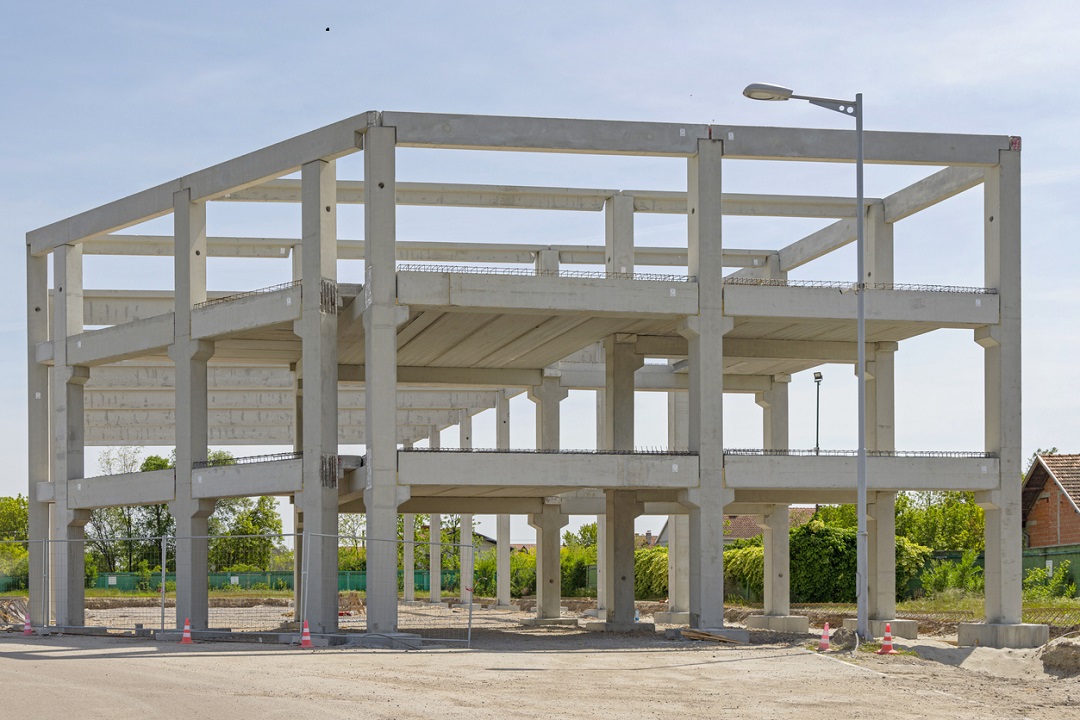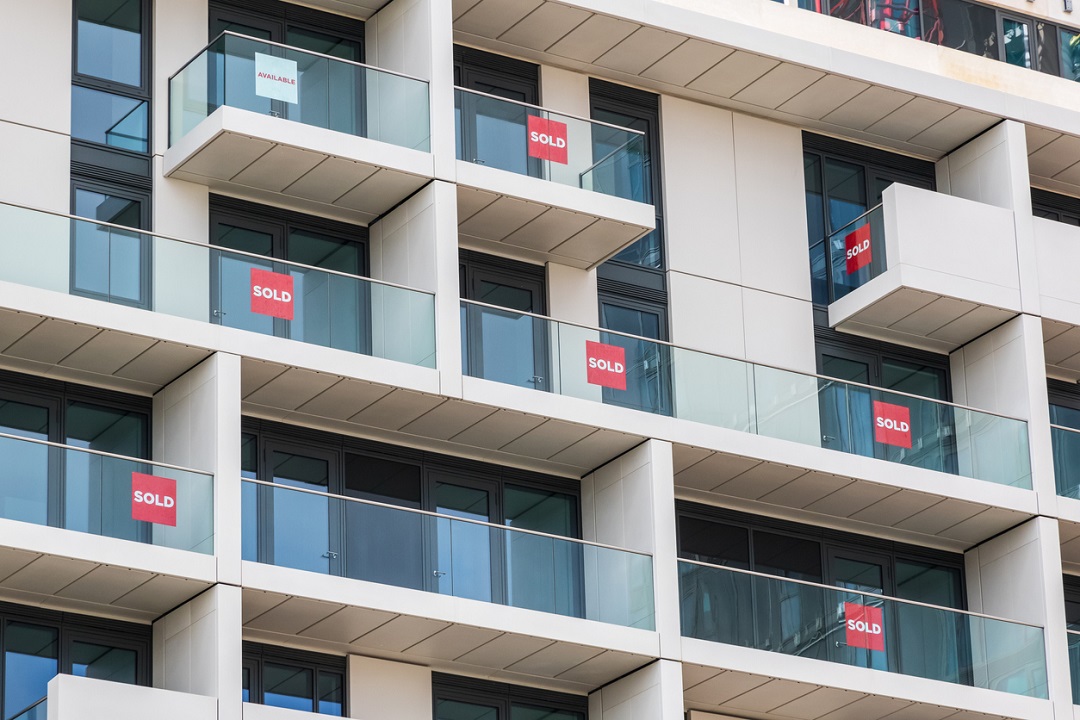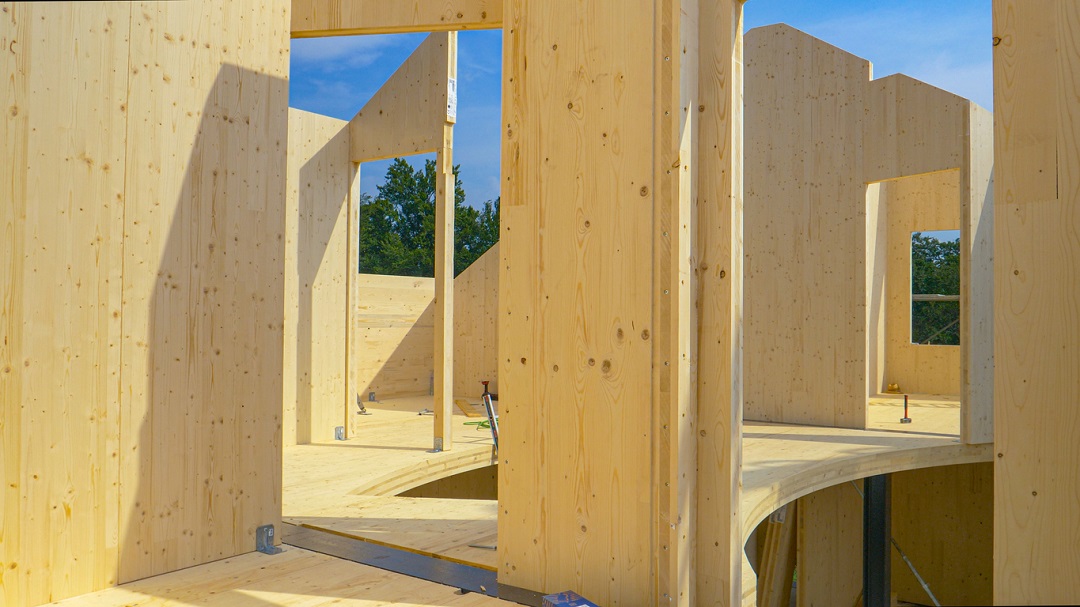Explore offsite and modular construction methods with Adrian Mitchell, Offsite Construction Business Specialist at Simpson Strong-Tie. Delve into the advocacy for embracing these methods to address housing shortages and leverage automation in construction for a more sustainable and efficient future.
I was looking out over the skyline of downtown Vancouver and couldn’t help but notice these buildings looked the same for the most part. And yet, as a modular and offsite construction specialist for the last ten years, I have heard from many potential developers and designers that modular and prefab systems need to allow for more creativity and flexibility.
I empathize with the many variables architects must manage in designing a new project. Zoning, unit mix, height and view corridor limitations, natural light and articulation are all key aspects that must be handled carefully. But as important as all these factors are, developers and owners demand that the cost of these designs make them feasible to build. Ultimately, this is how we go from unique architectural concepts to value-engineered, generic skylines.
If a developer’s pro forma dictates most project design outcomes, what are some alternate approaches designers can take so that we can offer concepts that are feasible right from the start? How can architects and engineers take advantage of the opportunities presented by offsite and modular construction to create better outcomes for their clients and a more stable demand for their services?

Offsite and modular building methods take value engineering and cost to a level that is much more powerful, as it unlocks the potential for incremental improvement. Utilizing a modular parts kit, we can create much larger supply chains and gradually improve building system details over time, creating substantial quality increases and cost reductions with every new building.. An excellent offsite system will allow for design flexibility where needed, without sacrificing economies of scale and efficient material supply chains required to keep costs low.
What does an offsite system look like? How can design professionals get started in this space? The answer is not in complex and detailed building systems that might take years to develop. The answer lies in using standardization in smaller bites, with the goal of implementing a kit of parts for all aspects of a building design.

The current housing crisis facing many cities in North America offer us an ideal climate for product standardization. We have a longstanding housing shortage that ensures a steady, stable demand for well –designed, multifamily buildings. Starting with a scalable structural system represents an ideal first “bite” for building designers.
Standardized or parametric grids can allow for the mass production of structural components using high-precision manufacturing, contributing to high precision on the job site. And since all additional envelope and finishing substrates are now installed on an accurate superstructure, it has a large impact on every other substrate throughout the lifespan of the project. Applying the principle of Kaizen, a Japanese word that translates as change for the better or continuous improvement, .
to such a system unlocks the power of incremental improvement. This allows for system optimization over time, ensuring that we learn from mistakes and use those lessons to our advantage on future projects..

So, if we are going to build condos that look the same, then let’s do it with offsite, modular, and mass timber construction methods. Automation and manufacturing can address shortages in housing and the lack of skilled trades. The time for industrialized construction is here, and the opportunity to make a formative career and legacy as an architect and developer is unprecedented!

